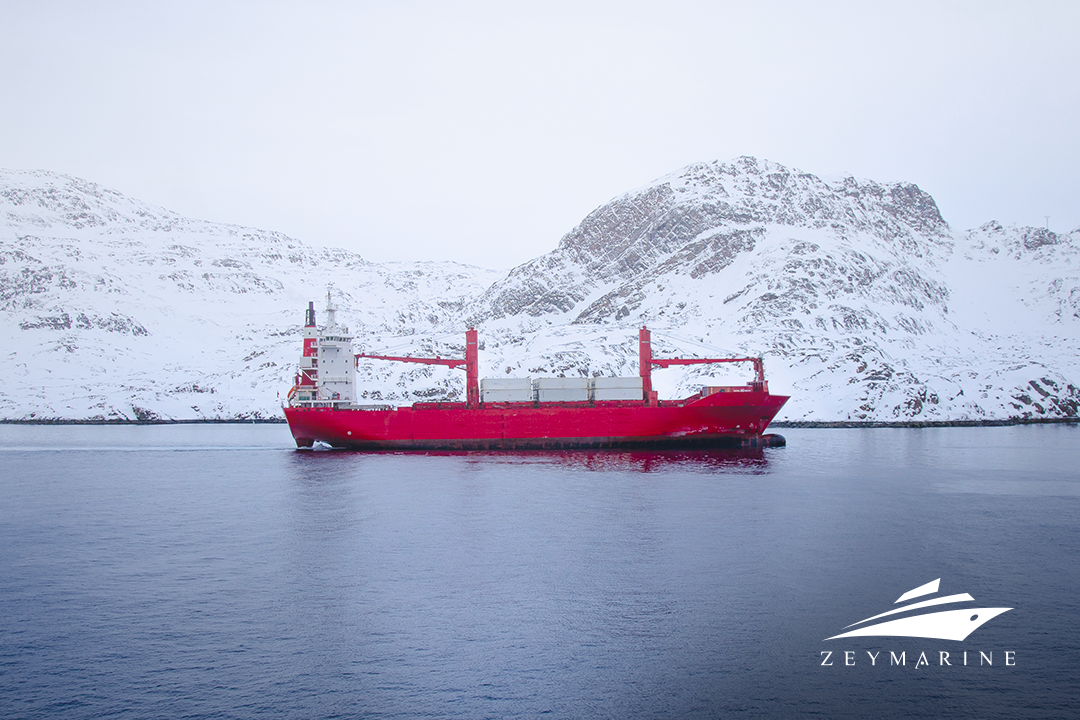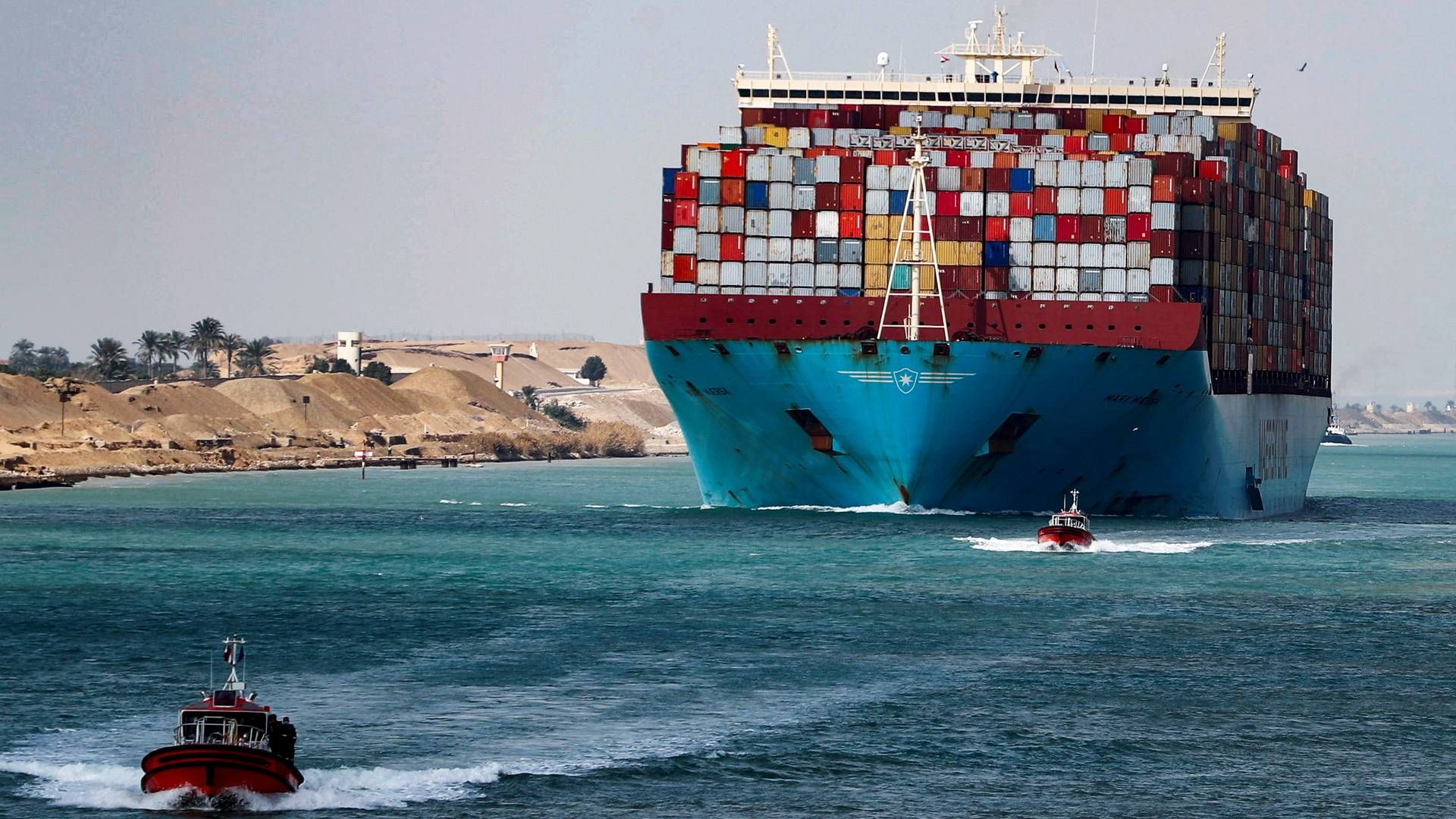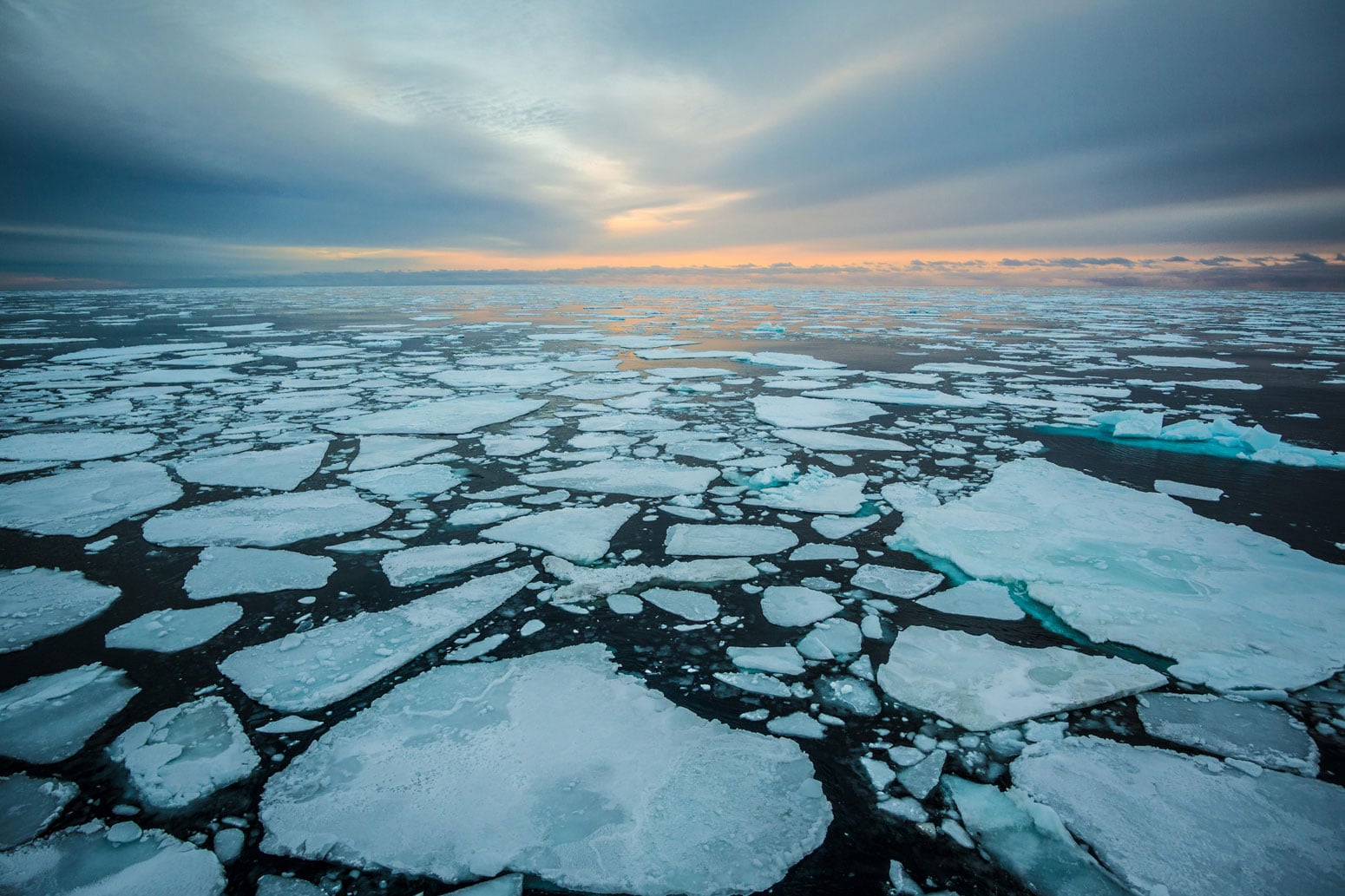2025 has been a year of outstanding change and adaptation in the always changing field of maritime shipping. The industry is being forced to investigate alternate routes as a result of the disruption of traditional shipping lanes caused by geopolitical tensions, economic uncertainties, and environmental changes.
In this blog article, we will examine the current state of maritime shipping, considering the impact of tariff wars, the feasibility of Arctic passages, and the route around the Cape of Good Hope’s resurgence in significance. Let’s dive in.
Tariff Wars
The resurgence of tariff wars, especially between the United States and its major trading partners, has had a significant impact on the global shipping industry in 2025. The U.S. administration implemented broad tariffs in early 2025, such as a 34% tariff on Chinese goods and a 10% global tariff on all imports, which went into effect on April 9. China, Canada, and Mexico quickly responded to these actions with retaliation, which caused freight rates to rise and established trade routes to be disrupted.
China, unsurprisingly, responded with equal vigor: retaliatory tariffs on U.S. agricultural goods, new subsidies for domestic manufacturing, and preferential treatment for Southeast Asian and African partners.
Supply chain planning has become more difficult as a result of these tariffs’ unpredictable nature. Early in 2025, container import volumes were close to a record as a result of businesses having to expedite shipments before tariffs were implemented. However, the long-term effects include possible changes to sourcing tactics and a reassessment of trade alliances.
Companies are increasingly adding an extra stop to their China routes, sourcing from Vietnam, Mexico, India, or Indonesia. This diversification creates new routes and opportunities but also sows complexity. Ports like Lázaro Cárdenas (Mexico) and Haiphong (Vietnam) have become the new names whispered in boardrooms.
Freight forwarders are now less about logistics and more like war-time strategists, mapping origin, destination routes like generals with a deadline, watching commodity flows like military intelligence officers.
Tariff wars aren’t universally tragic though. Some ports and regions are thriving. Vietnam and India are seeing shipping volume spikes as alternative manufacturers scale up. The Gulf of Mexico ports in the U.S. (e.g., Houston, Mobile) are experiencing record expansions due to reshored manufacturing and LNG exports. Also, Mediterranean hubs are being eyed as more stable staging grounds amid Red Sea reroutes and transshipment reshuffles.
Red Sea Option
Once a crucial route for international trade, the Red Sea is now a hotspot of instability as a result of frequent attacks on commercial ships. Due to these security concerns, major carriers such as Maersk and CMA CGM have rerouted vessels around the Cape of Good Hope, which has resulted in significant time and cost increases for vessels.
The strategic significance of the Cape of Good Hope as a dependable alternative route has been emphasised by this detour, which has also increased fuel consumption and operating expenses. Despite the difficulties, the longer trip might provide a safer route given the geopolitical situation at the moment.
This rerouting is not merely inconvenient. It’s expensive. A single round trip from Asia to Northern Europe via the Cape route can add $1 million or more in fuel costs alone, according to some calculations. Ports like Cape Town, Durban, and Walvis Bay—long overshadowed by their Mediterranean and Suez-connected cousins—are suddenly in the spotlight. South Africa, sensing a moment of maritime relevance, has rushed to upgrade its infrastructure and pitch itself as a logistical anchor.
Also, while the Cape is not (yet) a security risk, piracy around the Gulf of Guinea remains a lurking concern, requiring naval escorts in some areas.
Arctic Route
Thanks to rapidly retreating sea ice—faster than any pessimistic climate model predicted—two main routes are now open for longer periods of the year:
The first one is the Northern Sea Route (NSR) which hugs Russia’s northern coastline from Murmansk to Vladivostok.
The other one is Transpolar Sea Route (TSR), a straight-line bet that slashes even more miles, assuming you’re comfortable sailing directly over the North Pole.
For a container vessel running from Rotterdam to Shanghai, using the NSR can cut the journey by 10 to 14 days compared to the Suez Canal route. Time is money as well as uel. And in an era where emissions are metered like calories in a weight-loss camp, this efficiency is golden.
Russia, for its part, is all in. With dreams of becoming the maritime master of the North, Moscow has ramped up investments: nuclear-powered icebreakers, year-round weather monitoring, expanded ports like Sabetta, and navigational aids that make the route feel less like a gamble. They’ve even proposed a centralized NSR authority, turning what was once a seasonal curiosity into a bureaucratic corridor.
Western shipping companies remain sceptical because sanctions against Russia over its prolonged war in Ukraine make collaboration complicated and illegal for to the most part.
Non-Governmental Organizations are also highly critical of environmental issues. They are vocally opposed to Arctic shipping, citing risks to polar ecosystems, black carbon emissions on ice, and the threat to indigenous communities and wildlife like narwhals and walruses.










